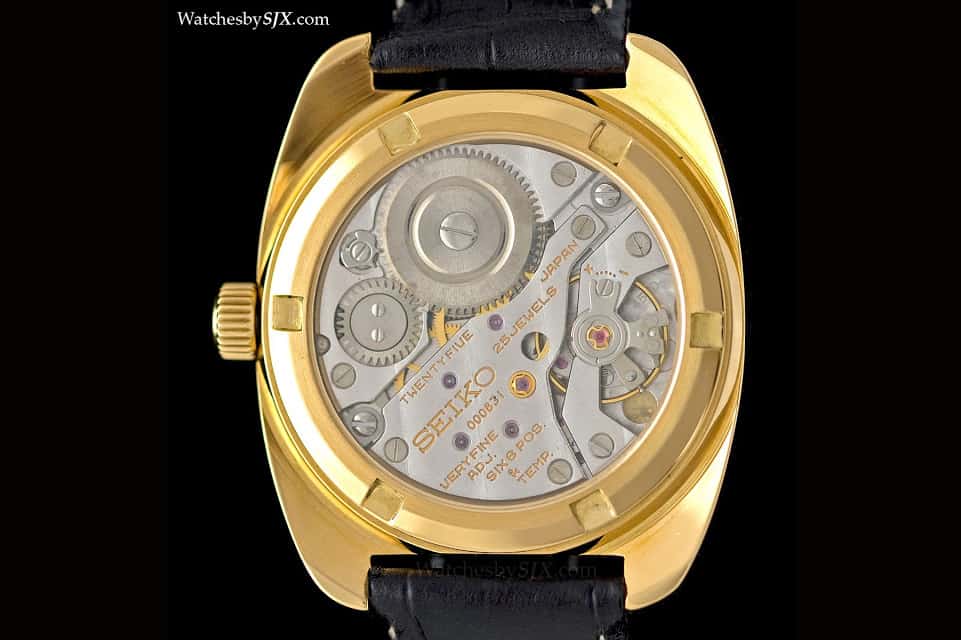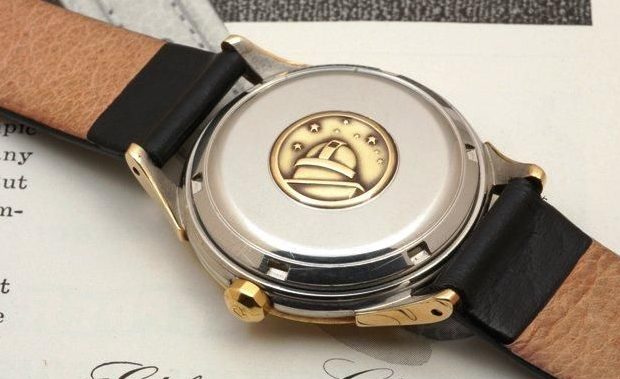John Harrison’s innovations in marine chronometry quickly took the world by storm. By the 1850s, marine chronometer watches were essentially standard equipment on oceangoing vessels and had changed the face of navigation forever. With that proliferation, however, came the need for a system of standards. While marine chronometers were becoming essential for safe and accurate navigation, both the marine and watch industries needed a regulating body to ensure the accuracy of those chronometers.
continued from History of Chronometers Pt.1
Luckily, at the same time marine chronometers were spreading across the seas of the world, a new age of astronomy was dawning over Europe. For the first time, in the mid-19th century, the technology of optics was beginning to catch up with the mathematical advances of past giants like Johannes Kepler, Tyco Brahe, and Sir Isaac Newton. Huge observatories sprang up across Europe, charting the movements of the planets and stars with newfound precision. Stuck squarely in the middle of the continent’s tallest mountain range, Switzerland became a natural choice for astronomers looking for clear, unobstructed skies, and Swiss observatories became some of the most prestigious in the world.









 Featured Videos
Featured Videos











